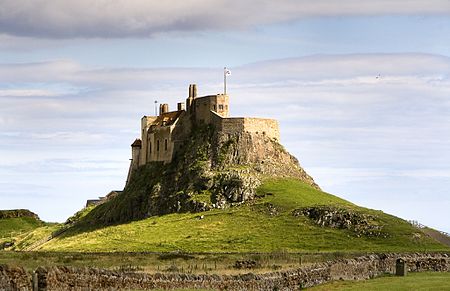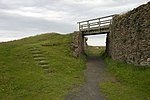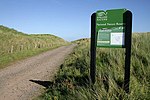Lindisfarne Castle
Castles in NorthumberlandGardens by Gertrude JekyllGrade I listed buildings in NorthumberlandGrade I listed castlesHistoric house museums in Northumberland ... and 6 more
Houses in NorthumberlandLindisfarneNational Trust properties in NorthumberlandTourist attractions in NorthumberlandUse British English from February 2023Works of Edwin Lutyens in England

Lindisfarne Castle is a 16th-century castle located on Holy Island, near Berwick-upon-Tweed, Northumberland, England, much altered by Sir Edwin Lutyens in 1901. The island is accessible from the mainland at low tide by means of a causeway.
Excerpt from the Wikipedia article Lindisfarne Castle (License: CC BY-SA 3.0, Authors, Images).Lindisfarne Castle
Crooked Lonnen,
Geographical coordinates (GPS) Address Phone number Website External links Nearby Places Show on map
Geographical coordinates (GPS)
| Latitude | Longitude |
|---|---|
| N 55.669 ° | E -1.785 ° |
Address
Lindisfarne Castle
Crooked Lonnen
TD15 2SH , Holy Island
England, United Kingdom
Open on Google Maps









